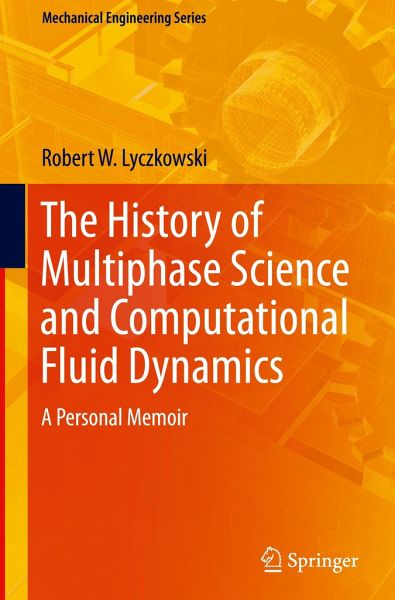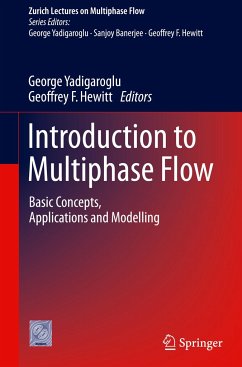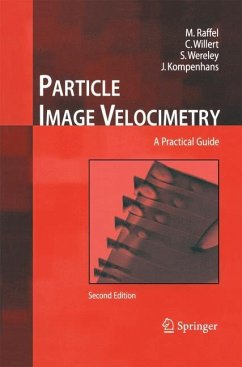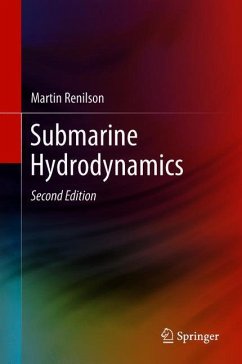
The History of Multiphase Science and Computational Fluid Dynamics
A Personal Memoir
Versandkostenfrei!
Versandfertig in 6-10 Tagen
119,99 €
inkl. MwSt.
Weitere Ausgaben:

PAYBACK Punkte
60 °P sammeln!
This book tells the story of how the science of computational multiphase flow began in an effort to better analyze hypothetical light water power reactor accidents, including the "loss of coolant" accident. Written in the style of a memoir by an author with 40 years' engineering research experience in computer modeling of fluidized beds and slurries, multiphase computational fluid dynamics, and multiphase flow, most recently at Argonne National Laboratory, the book traces how this new science developed during this time into RELAP5 and other computer programs to encompass realistic descriptions...
This book tells the story of how the science of computational multiphase flow began in an effort to better analyze hypothetical light water power reactor accidents, including the "loss of coolant" accident. Written in the style of a memoir by an author with 40 years' engineering research experience in computer modeling of fluidized beds and slurries, multiphase computational fluid dynamics, and multiphase flow, most recently at Argonne National Laboratory, the book traces how this new science developed during this time into RELAP5 and other computer programs to encompass realistic descriptions of phenomena ranging from fluidized beds for energy and chemicals production, slurry transport, pyroclastic flow from volcanoes, hemodynamics of blood-borne cells, and flow of granular particulates. Such descriptions are not possible using the classical single-phase Navier-Stokes equations. Whereas many books on computational techniques and computational fluid dynamics have appeared, they do not trace the historical development of the science in any detail, and none touch on the beginnings of multiphase science. A robust, process-rich account of technologic evolution, the book is ideal for students and practitioners of mechanical, chemical, nuclear engineering, and the history of science and technology.












